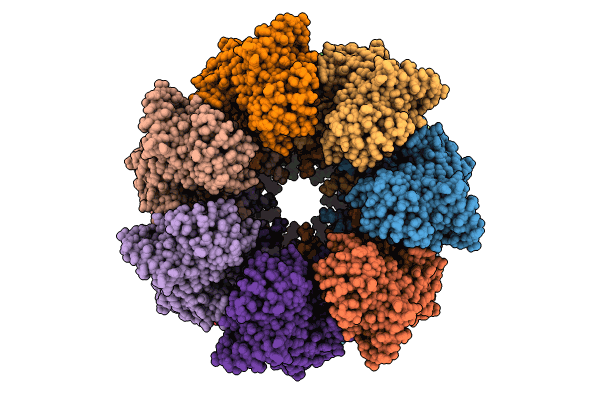
Deposition Date
2024-05-25
Release Date
2024-08-07
Last Version Date
2025-05-21
Entry Detail
Biological Source:
Source Organism:
Enterococcus faecium (Taxon ID: 1352)
Host Organism:
Method Details:
Experimental Method:
Resolution:
3.97 Å
Aggregation State:
PARTICLE
Reconstruction Method:
SINGLE PARTICLE


